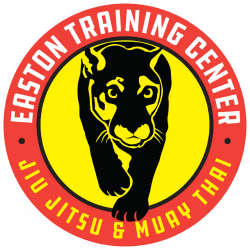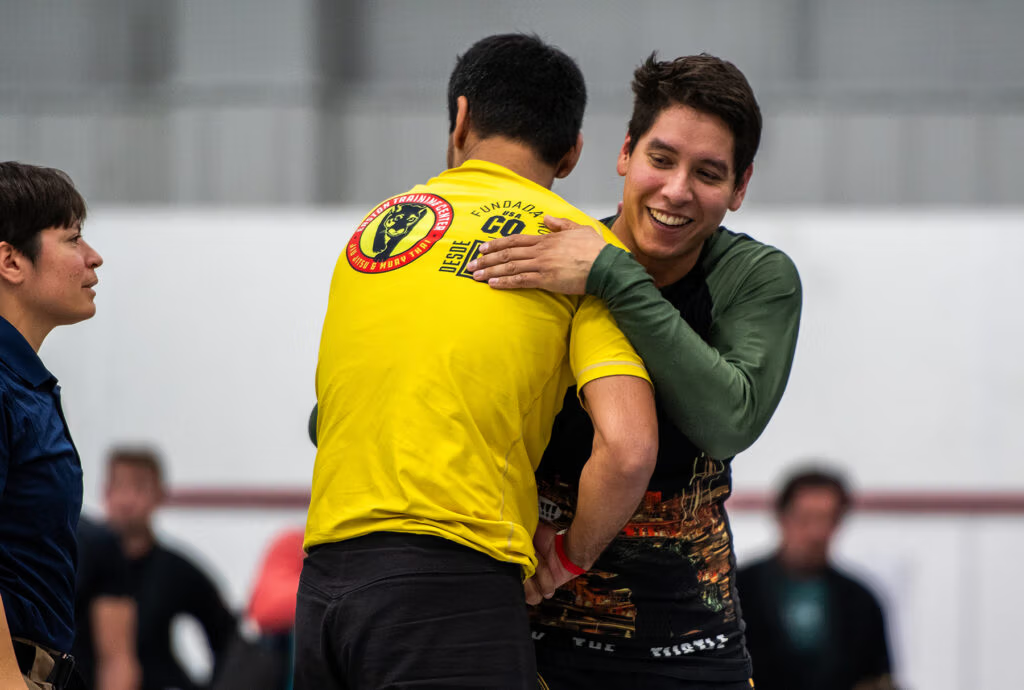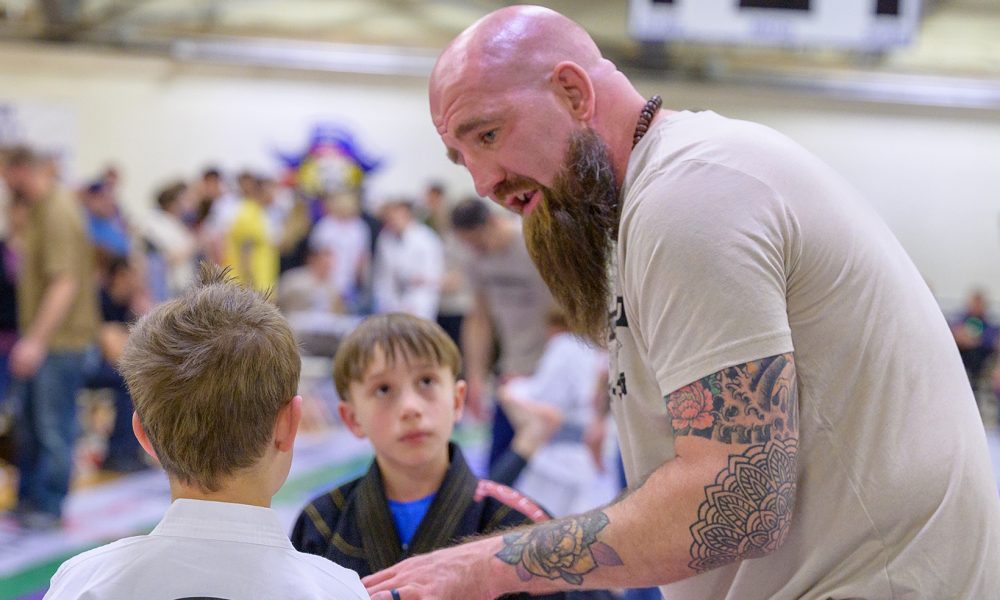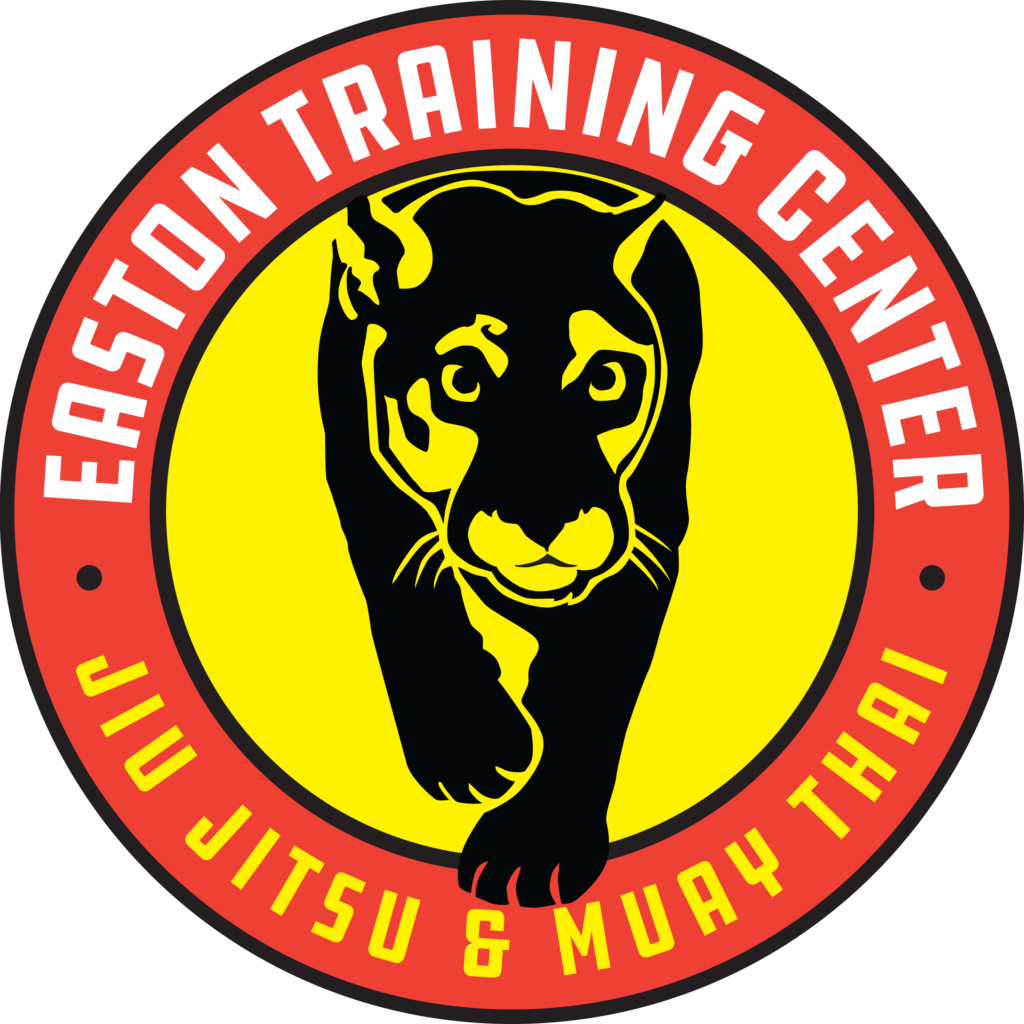Unlike sports like football, where a stronger opponent typically has an advantage in a battle of brawn, Brazilian Jiu Jitsu is different.
You may have heard it cataloged as the art of “folding clothes with people in them” or dubbed “aggressive cuddling.” In fact, if you don’t know what you’re looking at, it can be hard to even know what’s going on in the tangle of arms and legs that seem to keep getting intentionally gathered, straightened, and bent in ways they shouldn’t.
Brazilian Jiu Jitsu (BJJ) is a ground-based grappling sport, but instead of size and strength, BJJ focuses on attacking joints and using pivot points and leverage to get your opponent where you want them.
The best part? Even smaller players can get advantages if they learn to use their agility and speed. To practice Jiu Jitsu successfully, one need only to master perfect (we’ll accept near) technique.
[Is BJJ For Me? Am I Too Small? Too Big?]
The sport, formed in Japan by Doctor Jigoro Kano as what we now know as Judo, came to Brazil in the early 1900s by way of Japanese immigrants, one of the most notable being Japanese prize fighter Mitsuyo Maeda. At the time, the Judo school thought that the only way to earn an honorable martial arts living was to teach, and since Mitsuyo was a prize fighter he didn’t want any conflict with the Judo school so he called what he taught Jiu Jitsu – a generic name commonly used to describe fighting styles.
Carlos Gracie, one of five Brazilian brothers, began learning from some of these Japanese immigrants, including Mitsuyo Maeda. All of the brothers took to Jiu Jitsu, and legend has it that Helio, the smallest and weakest (sorry Helio), began to focus more on his ground game to hold up to his brothers.
When you take someone off their feet and put them on the ground, you take away their ability to generate knock-out damage, thus leaving room for a smaller, weaker person to come in using leverage, techniques, submissions and chokes to beat them. With this new angle, Helio Gracie became credited with being the originator of Brazilian Jiu Jitsu as we know it today.
[Top 3 BJJ Techniques For Self Defense]
Smaller players can focus on speed, learning to pass guard quickly, or slip out of precarious situations and take their opponents by surprise.
Like a mechanically structured blend of chess and twister, knowing Jiu Jitsu will give you a huge advantage no matter what size you are – especially if you ever find yourself in a self defense situation where you wind up on the ground. Knowing how to escape getting pinned down, get up and run away will make a difference in life or death.
DISCLAIMER! This goes without saying, but if you’re in a self defense situation, size is always an advantage to some degree and your primary goal is safety.
If you ever need your Jiu Jitsu in a real life situation, don’t try to see how many armbars you can remember. Just cause enough damage to get up and run away!
Easton’s Ultimate Guide To BJJ








